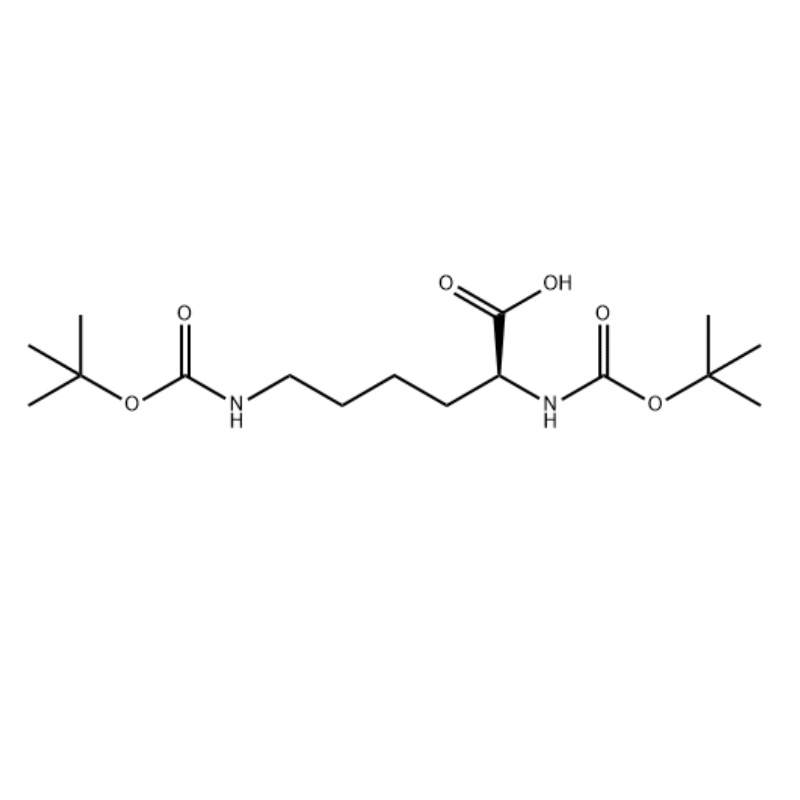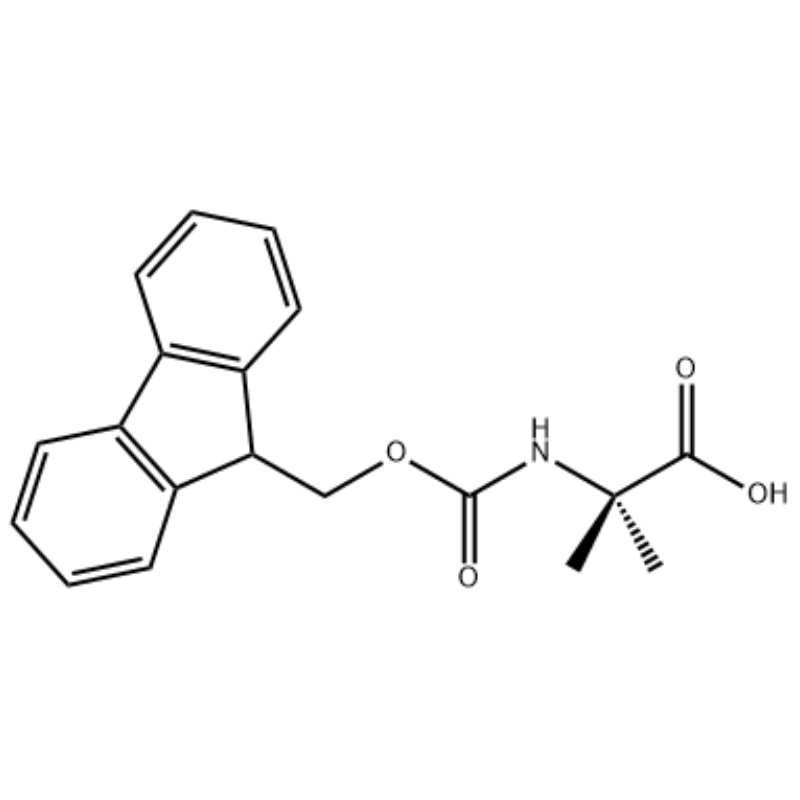(S)-2,6-BIS-TERT-BUTOXYCARBONYLAMINO-HEXANOIC ACID can be used as organic synthesis intermediate and medical intermediate, mainly used in laboratory research and development process and chemical production process.
Amphetamine, also known as amphetamine, is a central nervous system stimulant used to treat attention deficit hyperactivity disorder, narcolepsy, and obesity. "Amphetamine" a name derived from alpha‑methylphenethylamine. Amphetamines were discovered in 1887 AD in the form of two enantiomers called L-dioptera and dextroamphetamine. To be precise, amphetamine refers to a particular chemical. It is the racemic pure amine form (free base), which is equivalent to the two enantiomers of amphetamine: the pure amine form with equal amounts of L-amphetamine and dextroamphetamine. However, the term amphetamine has been used to mean any combination of proportional amphetamine enantiomers, or any isomer. Amphetamines were used in the past to treat nasal congestion and depression. For non-medical purposes, amphetamines are also used as physical enhancers, nootropics, aphrodisiacs and euphoric drugs. Amphetamines are a legal prescription drug in many countries. However, the private distribution and stockpiling of amphetamines is considered illegal because of the high likelihood of their use for non-medical purposes as well as the obvious health hazards.
The first drug to be used for amphetamines was Benzedrine. Today, medicinal amphetamines exist in the following forms: racemic amphetamine, Adderall, dextroamphetamine, or the precursor drug lysine mesylate. Amphetamines activate trace amine receptors (TAAR1) by acting on catecholamine neurotransmitters, norepinephrine and dopamine, thereby increasing the activity of monoamine neurotransmitters and neurotransmitters in the brain.
At medical doses, amphetamines can bring about changes in mood and executive function, such as increased euphoria, altered libido, increased wakefulness, and the evolution of executive function in the brain. The physiological responses altered by amphetamines include reduced reaction time, reduced fatigue, and increased muscular endurance. The ingestion of amphetamines far beyond the medical dose range can lead to impaired executive function of the brain and rhabdomyolysis, the ingestion of amphetamines far beyond the medical dose range can lead to severe drug addiction, and the ingestion of amphetamines far beyond the medical dose range can lead to mental illness (e.g., delusions, paranoia). However, long-term ingestion of amphetamines at medical doses does not cause these diseases. Amphetamines that are taken for pleasure often exceed the medical dosage range, with very serious and sometimes fatal side effects.
 Building 12, No.309, South 2nd Road, Economic Development Zone, Longquanyi District, Chengdu, Sichuan, China.
Building 12, No.309, South 2nd Road, Economic Development Zone, Longquanyi District, Chengdu, Sichuan, China. amy@enlaibio.com / cynthia@enlaibio.com / edison@enlaibio.com / daisy@enlaibio.com
amy@enlaibio.com / cynthia@enlaibio.com / edison@enlaibio.com / daisy@enlaibio.com +86 (028) 84841969
+86 (028) 84841969 +86 135 5885 5404
+86 135 5885 5404






















.png)


